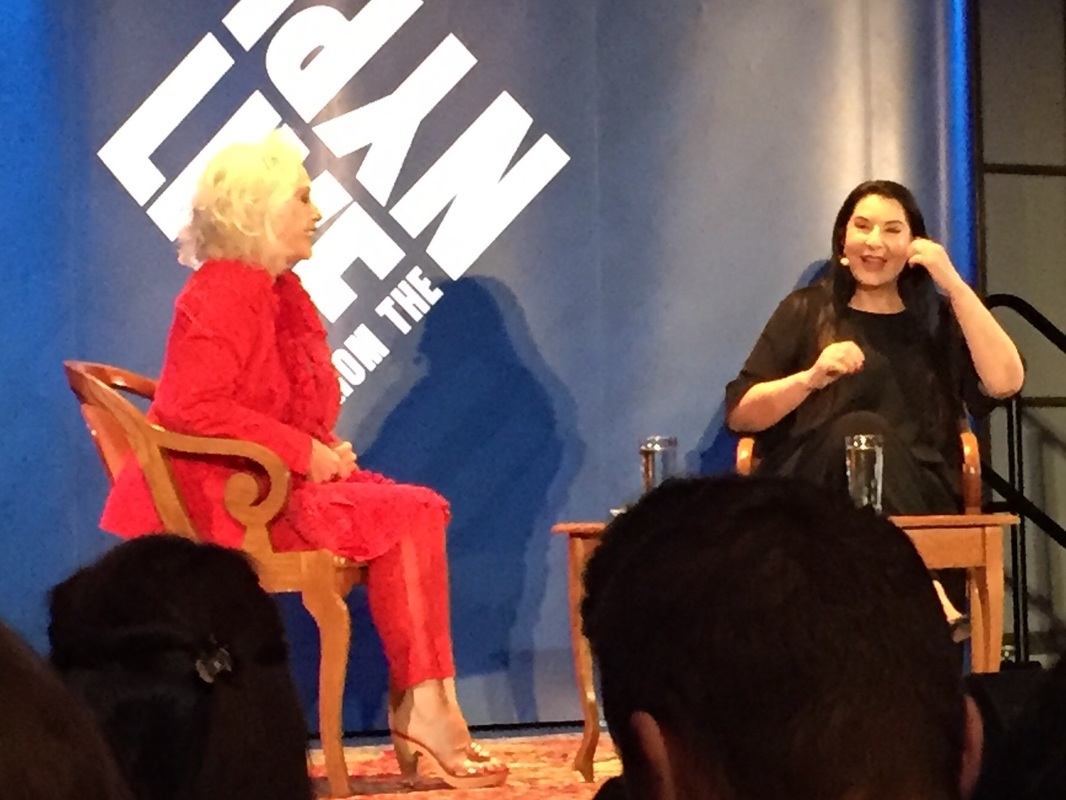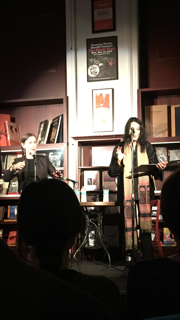From there, we moved onto our improvisation session. Starting with some free improv, we had some really nice moments and overall it seemed to be cohesive. Even Robert was happy with it! When he asked how we felt about it, I said, “I was digging it,” to which he responded in a Lord Buckley manner, “Of all of the multifaceted aspects, which did you dig the hardest?” Good times.
From the improv, we talked about a few extended techniques. We explored tongue stops and the different ways to start a tongue stop; we experimented with trying to reduce the amount of air sound before the actual “stop” sound. It turns out, you can also do tongue stops while inhaling, which can come in handy if you’re doing a long, continuous line. We also talked about tongue pizzicato, which brought us to the subject of iguanas (just roll with it), and it turns out Robert used to have pet iguanas. Yep.
We did some more improvising after Robert suggested we think ahead more. He likened improv to speaking, which is a process we use all the time. We used a drone on the Casio and established a scale to use. We also tried out bending from note to note whenever possible. On the flute, it’s easiest to bend a note down. So if you want the effect of bending up to a note, start in a super rolled in “down” position, and bend “up” to normal from there. You can also slide on the open holed keys in many instances, or even use the trill keys (like with C to D, which makes the flute a shorter tube than the regular fingerings).
Besides throat tuning, Robert shared that rising up slightly with the chest (rather than settling down) when starting to play a note is the most effective thing he discovered for his playing.
Other things:
- I ate a huuuuuge slice of pizza from Artichoke Basil’s Pizza
- I drank a shake (in 40 degree weather) with cereal ice cream from the Momofuku Milk Bar
- A stranger literally caught me as I fell out of Momofuku (I didn’t see the step down) and I only spilled a bit of my shake. Most of it went down my sleeve.
- I SAW MARINA ABRAMOVIĆ. She did a talk with Debbie Harry (of the band Blondie) about her new book and turning 70. Marina was hilarious. And also profound. One of her comments was “Ideas come from life. Do life.”
- Bass flute practicing has begun! My arms better look great after a month and a half of this.

